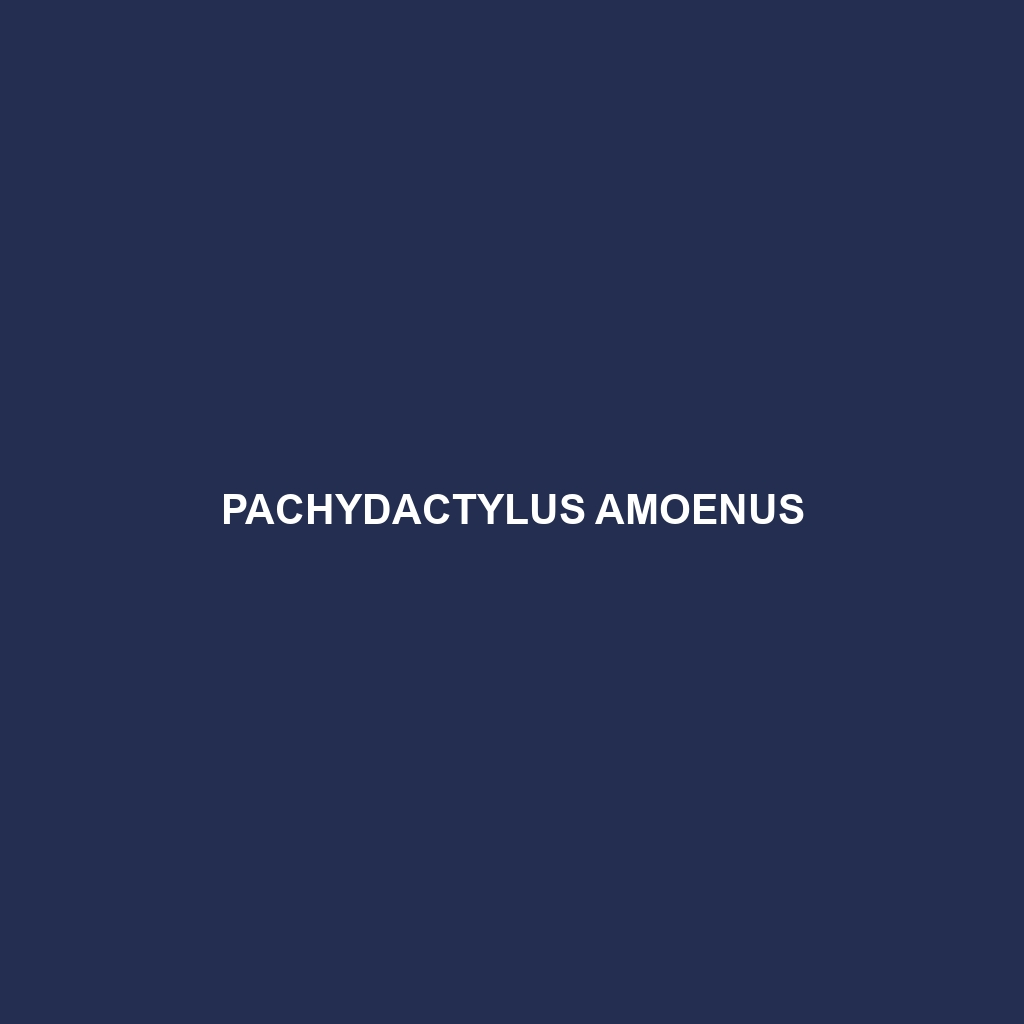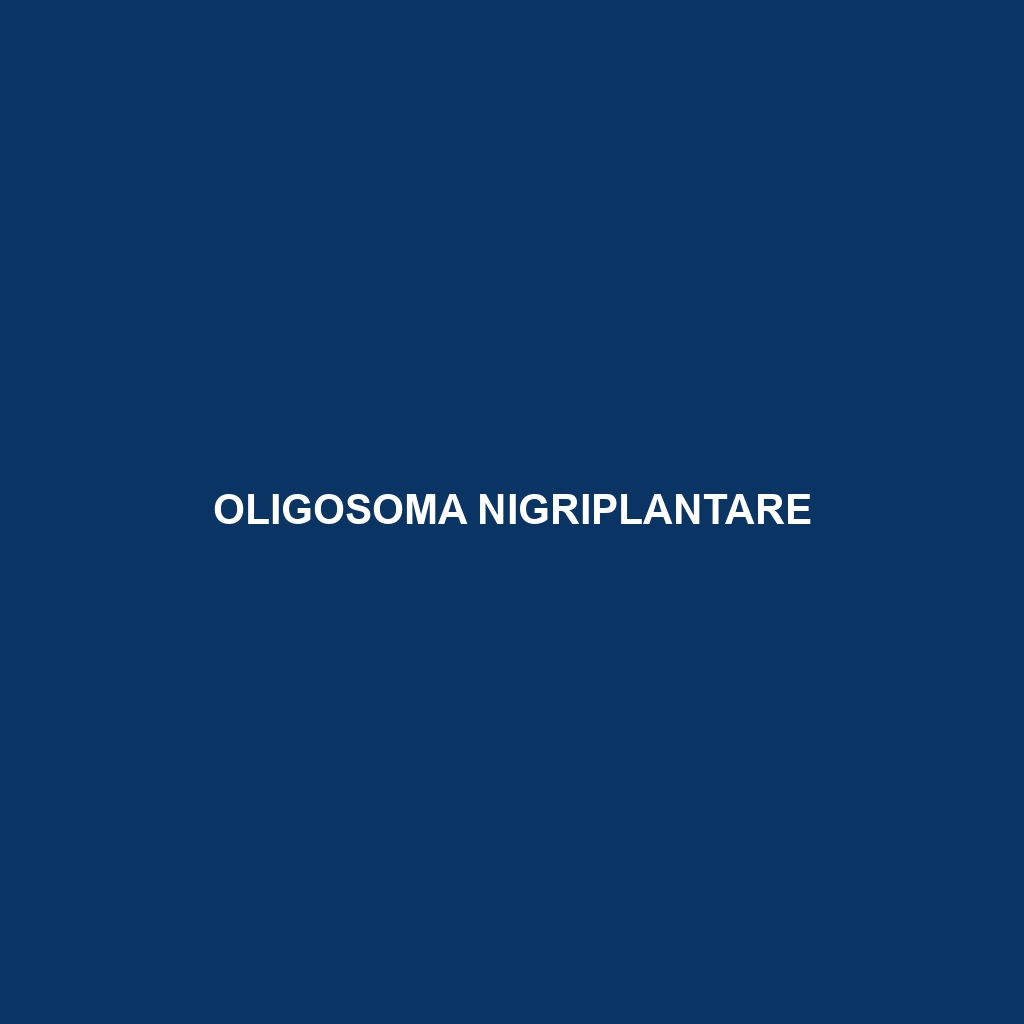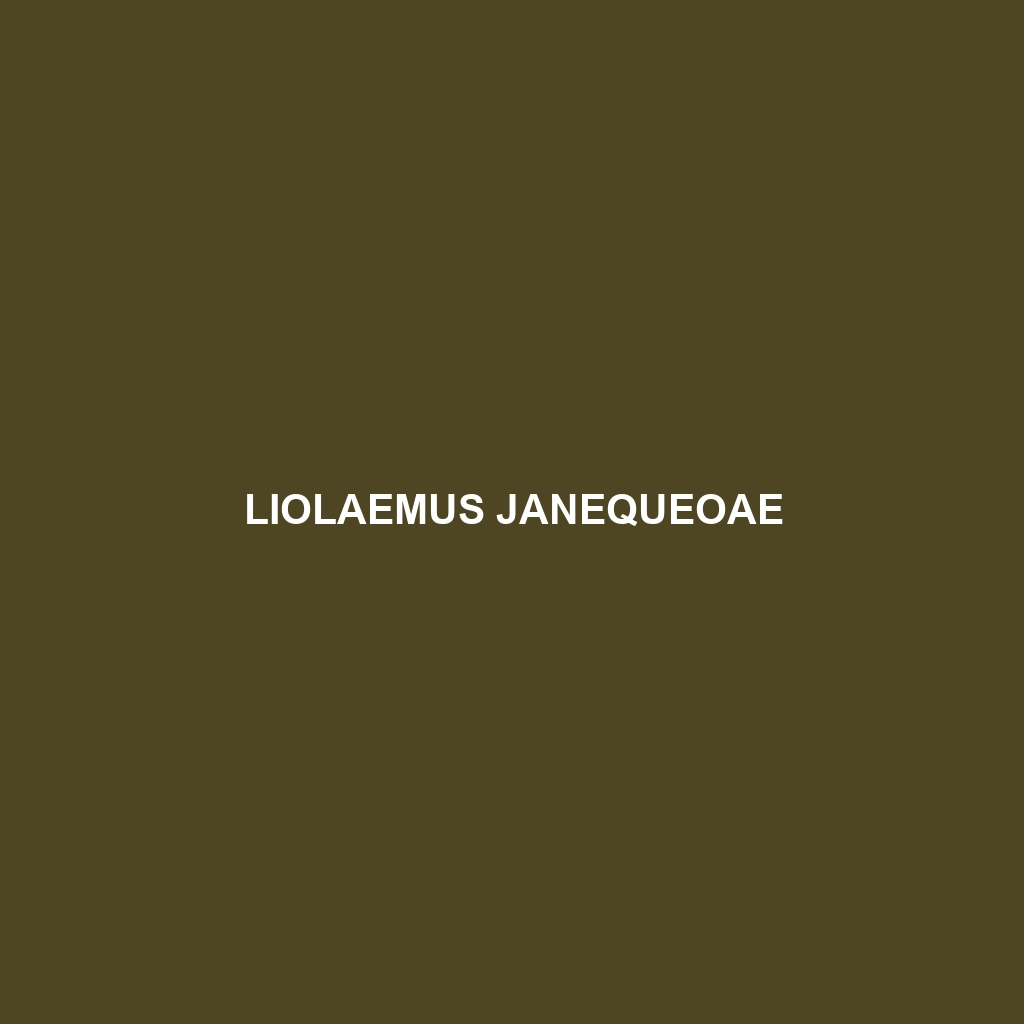The Platyceps smithii (Smith's Racer) is a slender, diurnal snake native to the eastern Mediterranean, characterized by its pale to dark brown coloration and distinct stripes. Thriving in various warm habitats, it primarily feeds on insects and small mammals, playing a crucial role in its ecosystem by regulating pest populations.
Tag: scrublands
Phymaturus calcogaster
Discover the calcareous lizard, Phymaturus calcogaster, a stocky insectivore native to the temperate forests and scrublands of southwestern Argentina, known for its adaptable nature, unique coloration, and role in maintaining ecological balance as both predator and prey. This vulnerable species thrives in rugged terrains, showcasing fascinating behavioral traits and intriguing reproductive cycles.
Pachydactylus scherzi
Discover the Pachydactylus scherzi, a medium-sized lizard native to Southern Africa's savannas and scrublands, known for its distinctive pale-brown coloration and "thick fingers" adapted for climbing. This nocturnal insectivore plays a vital role in its ecosystem, controlling insect populations and providing a food source for larger predators.
Pachydactylus amoenus
<b>Pachydactylus amoenus</b>, also known as the beautiful thick-toed gecko, is a nocturnal insectivore found in the arid and semi-arid regions of southern Africa. With its stout body, thickened toes for climbing, and cryptic coloration, this resilient species plays a crucial role in regulating insect populations while adapting to various habitats.
Oligosoma nigriplantare
The <b>Oligosoma nigriplantare</b>, or black-footed skink, is a diurnal, insectivorous lizard found in New Zealand's temperate forests and grasslands, known for its sleek body, distinctive black feet, and ability to regenerate its tail when threatened. This resilient species plays a crucial role in the ecosystem by controlling insect populations and serving as prey for larger predators.
Oligosoma hardyi
<b>Oligosoma hardyi</b>, commonly known as the Brown Skink, is a diurnal, insectivorous skink native to New Zealand's temperate zones, characterized by its smooth, shiny scales and ability to regenerate its tail. This agile lizard thrives in diverse habitats like grasslands and scrublands, playing a vital role in maintaining ecosystem balance by controlling insect populations and serving as prey for larger predators.
Naja nigricincta
<p>The <b>Naja nigricincta</b>, or black-necked spitting cobra, is a striking serpent native to sub-Saharan Africa, known for its ability to spit venom with remarkable accuracy. This adaptable predator thrives in various habitats, including savannas and scrublands, and can grow between 1.2 to 2.5 meters in length, making it a fascinating addition to any reptile collection.</p>
Liolaemus janequeoae
Introducing the Liolaemus janequeoae, a moderately sized lizard (15-20 cm) native to the temperate forests and scrublands of Patagonia, Argentina, known for its distinctive earthy coloration and unique behavioral displays during mating season. As an insectivore, it plays a vital role in controlling insect populations while adapting to seasonal changes in its habitat.
Lerista xanthura
Introducing the Lerista xanthura, or yellow-tailed skink, a resilient insectivorous species native to southeastern Australia's temperate forests, savannas, and scrublands. With its striking smooth scales and distinctive yellow tail, this diurnal skink plays a vital role in ecosystem balance by pest control and soil aeration.
Lerista simillima
<h2>Southern Skink (Lerista simillima)</h2> <p><b>Lerista simillima</b>, or the Southern Skink, is a moderate-sized, nocturnal lizard found in southeastern Australia, characterized by its slender body, reduced limbs, and smooth, shiny scales in shades of brown, grey, and olive. This insectivorous species plays a vital role in its ecosystem by regulating invertebrate populations and serving as prey for various predators.</p>









